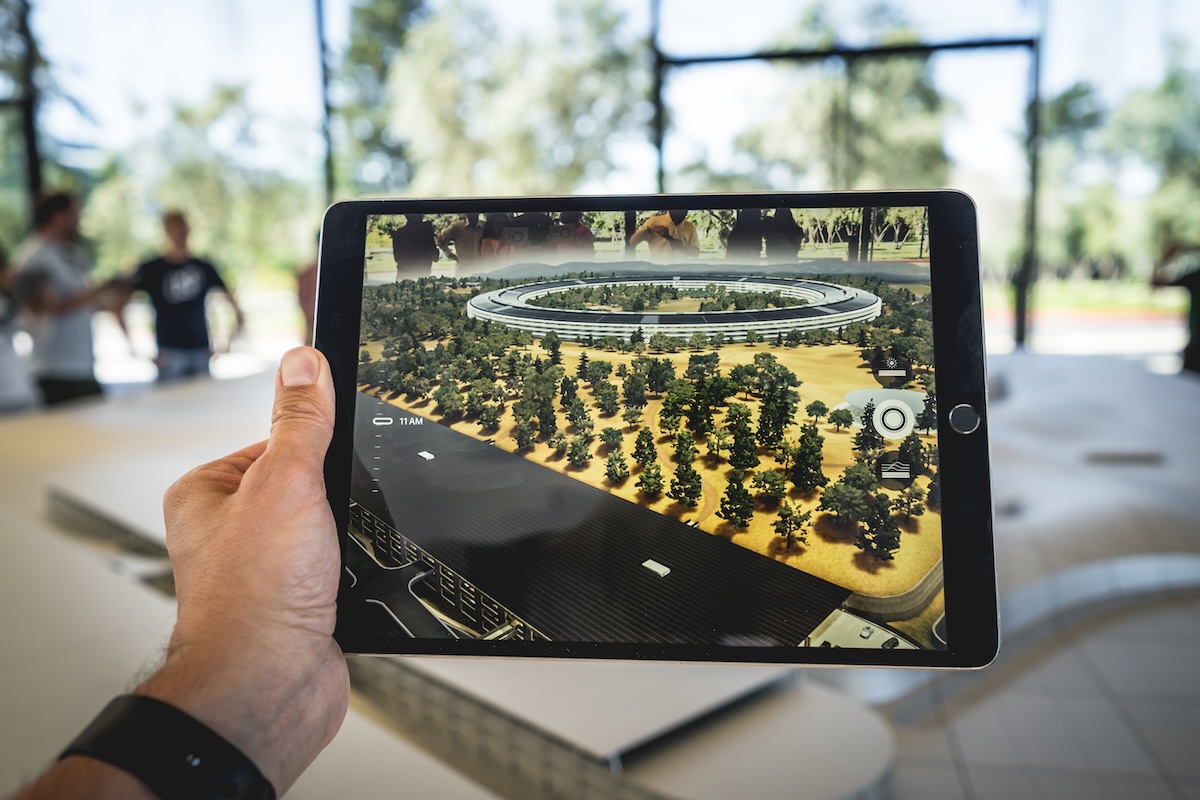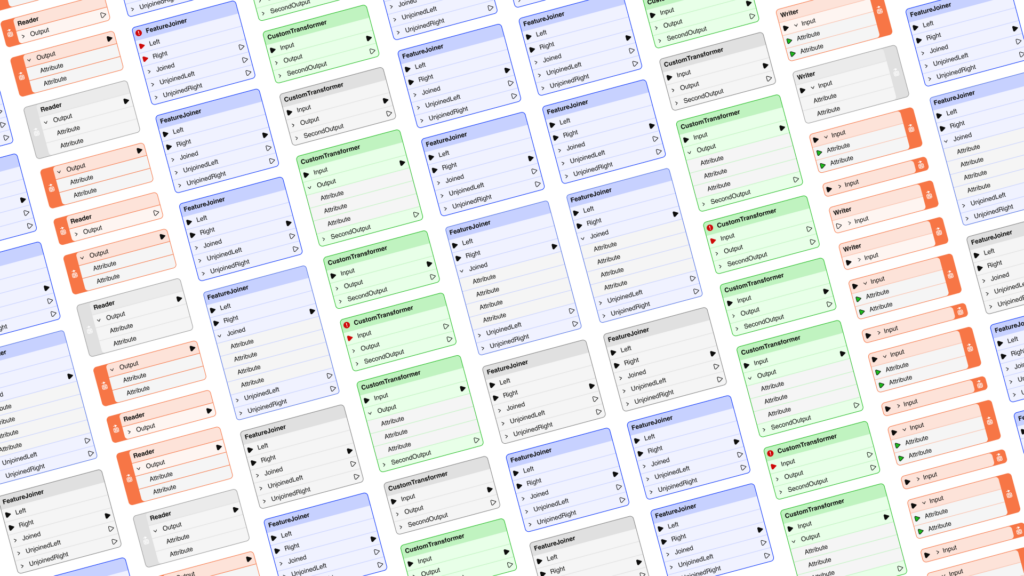SDIs and Local Government: Where the Highest Value Data Lies


I was recently reading an intriguing editorial by Roger Longhorn in Geoconnexion magazine about SDI’s and where the most valuable data exists today in the context of Spatial Data Infrastructures (SDIs).
Initially most National SDIs were developed for and by central government. Local governments have taken this “base” data and built higher value datasets on top to provide valuable services to its citizens. Not surprisingly, the higher value data driving these services is not part of many SDI’s, as ‘top down’ designed SDI’s typically reflects the concerns/interests of the designers.
Roger notes that recently there has been much attention and effort made by local governments to exploit the “location” of traditional data with much of this effort being performed outside of the traditional GIS industry. The result is even more valuable datasets at the local level. The direction is clear. We are seeing the proliferation of support for geographic technology across the IT industry. Reflecting on this, I realize that now it is difficult to name a database that doesn’t support spatial data. This is vastly different from just a few years ago.
Aside from using National SDI base maps, Roger also points out that the story is different when local government is asked to provide information up the government stack to the national level. The first question often asked is “What’s in it for me?” This is why it’s so important that the benefits to local government must be understood.
Over the last few years, we have really started to see local governments get value from SDI initiatives. It goes with out saying that local governments by definition, focus on local matters and are therefore highly interested in things that affect them locally. Aside from their own local data we have found that local governments are also very interested in what is going on around them. The closer the proximity to the responsibility of the local government, the more interested and valuable the data is. Indeed being aware of what is going on in neighboring regions or at another government agency is of great interest and being able to use this is a benefit that can have real efficiency gains.
We have seen a number of SDI initiatives in which this benefit has been used to get participation from local governments. Key to getting their participation was that sharing data with other local governments through an SDI would require less effort than sharing data outside of the SDI. This easy data sharing is made possible by the use of spatial data transformation technology which focuses on resolving and bringing together disparate datasets to provide a common data view. This technology enables each local government to download data in a form that they can immediately use, regardless of which other local governments data they are accessing. This increased data access has naturally led to an increase in communication and collaboration between neighboring local governments and more efficient government overall.





